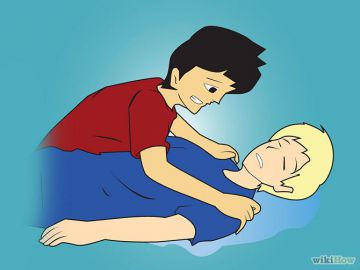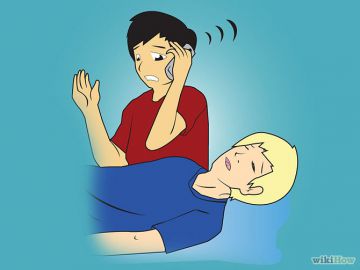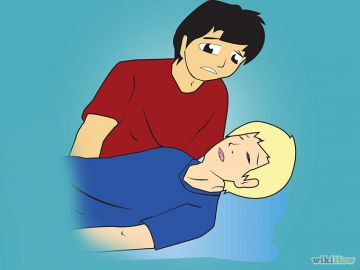arrow_backRescue Breathing
Stay calm, and tap the victim's shoulder lightly.

Ask them if they are okay. Wait for a response.
If they can respond, ask the subject if they feel alright. If the answer is "Yes," ask if they would like assistance in standing.
Call for help

If the victim does not respond, call or yell for someone else to telephone an emergency number.
Check the victim's airway
Keeping your hand firmly in place, tilt the victim's head back gently and lift the chin slightly. This opens the airway. Hold your face over the face of the subject, looking at the chest. Check to see if the chest is rising and lowering (it should).
Listen and feel for the breath - if you feel or hear a breeze on your ear, there is breathing.
Check the victim's pulse
Place your index and middle finger on the side of their throat - do not reach across the body, feel for the pulse on the side of the neck closest to you. You should feel a pumping in the throat.
If there is no breathing

Pinch the victim's nose and lift their chin. Place your mouth over the mouth of the patient, making a seal with your lips. Blowing slowly but firmly, give one breath every five seconds for an adult and one breath every three seconds for an infant.
Watch for the chest to rise as you give these breaths. If the chest does not rise, reposition the head and try again.
Wait 5-10 seconds, then check for breathing again.
Continue until they are breathing on their own or until help arrives.
Do not leave the scene.

The paramedics may need to question you about the victim.
Download formula
